The Flaws in Combat and Enemy Encounters in Dead Space 3
By retrovirus 0 Comments
AKA "Dashing through the snow with a one-armed plasma cutter", AKA "So long, space miner".
Dead Space 3 is a good game. It’s not as good as the first two, with new unliked and unasked for microtransactions and co-op, but it's alright. A 3/5 stars, if you will. Sadly, DS3 closes out the trilogy with a weak and frustrating finale, which is especially disheartening given the success the first two games had playing with the horror and action genres, vis-à-vis Alien to Aliens.

However, I was hugely disappointed with the enemy encounter design and handling of weapons in Dead Space 3. The series is know for its varieties of enemies and tons of great weapons and off-the-wall weapons like spear guns and hand-held gravity-defying buzzsaws, allowing you to tackle enemies in gory and unique combat due to its forgoing of traditional weaponry. In the first two games, you could carry 4 weapons, each with a specialized use in combat. Weapons like the Line Gun, the pulse rifle, the Ripper, the Force Gun, and the quintessential Plasma Cutter made for exceptionally fun combat. Each weapon felt like it had a place and use in the game, and by having four it allowed you to keep swapping between them without penalizing the player for taking the wrong weapon type when an unexpected horde of enemies appeared. Combined with the freakish horrors of the Necromorphs, Dead Space 1 and 2 had memorable experiences of creeping through derelict mining ships and blasting enemies in Zero-G.
For one thing, the enemy AI always seems to just barrel straight towards you faster than ever before, and with little variety in the enemy mix up. I think I saw the Pregnant (yeah, it releases tons of little gross swarmers when it dies) twice in the whole game, along with the Divider and the Wheezer, of all enemies. Most encounters go as follows: Slashers, a Puker or two, maybe an Exploder, the little Swarmer guys occasionally, and the dead scientists, in various combos and amounts. That’s about it. It really felt like just a meat grinder of the same enemies, and same strategies to kill them, throughout the game. The human enemies aren't very good, and don't feel like they belong in a Dead Space.
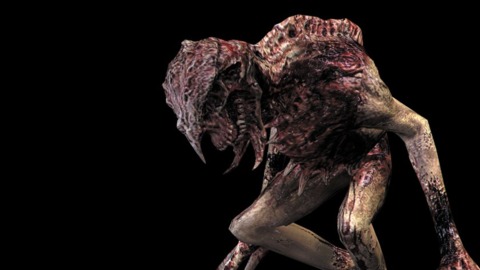
In DS 1 & 2, the Leapers were terrifying due to their speed and agility compared to the other enemies. Now that almost every other enemy is faster, it removes some of the uniqueness and scariness from that particular enemy, reducing the tension of fights with it a little compared to before. The lack of new enemy types is also disappointing. It’s the same lovable gang of Necromorph types with their different weaknesses, but DS 3 adds these dead scientists that morph depending on the order that their limbs are removed. That didn't freshen up combat, since you fall into a pattern of effectively dealing with them by taking off the head and two of the tentacles that sprout from the torso. For some reason the roteness of fighting these enemies was incredibly tedious, even though I'd been blasting off the limbs from almost every other enemy since DS1. Killing human-looking zombies isn't as thrilling as the insane, jumbled-up and mutated bog-standard necromorph, with its erratic movement and spine-shivering anatomy.
Finally, I was most disappointed and actually really sad about how the Stalker encounters play in DS 3. First introduced in DS2, the three sections they were in were high points for me because of their combat behavior and the areas they inhabited. These necromorphs only show up in large, cordoned off arena-style areas filled with towering maze-like geography. These sections are nerve-wracking games of cat with deadly rending talons and mouse with plasma cutter. Instead of running at you like everything else, but by peeking around corners and scampering behind you, waiting and waiting until you've looked away before executing a fast and frantic charge towards you while screaming the most horrible bloody murder. They were unpredictable like any other enemy I fought in those games, and that scared me; it stands as a uniquely “Dead Space” moment for the franchise, and I was looking forward to the same high-tension scenarios in 3.
But like everything else in DS3, the Stalkers are a shadow of their former glory. You fight them about 3-4 times in DS3, but there seemed to be huge difference in their hunting approach. Each time I got to the start of an area with tons of player-high boxes, they'd cry out and then they would all run at me one after the other, with absolutely no pause for effect, or scurrying off to tempt me into getting lost in the maze trying to hunt them. Why would I do that when they literally throw themselves at me? It reduced the most terrifying enemy from Dead Space 2 into the blandest and least exciting. They lost a lot of their effectiveness in the broad daylight that the second half of the game trades in, and their peeking animation: something that made me actually think that they were hunting me, slowing driving me to run and be caught unaware by a charge, was utterly ridiculous if they were just going to charge me. It was almost like the game was giving me an insulting, half-hearted glance, like "Hey, are you still in front of me, paying attention to the game? Ok, good." Compare that to their introduction:
Now for the weapons. For the most part, I thought new crafting elements in the game never required me to buy any microtransactions at all. However, the decision to limit players to 2 weapon slots and having universal ammo was a massive design flaw that got rid of the survival-horror elements that made the first game so scary and tense. Dead Space 3 limits the player in how they approach combat, but when the entire series is built on its novel limb-dismemberment, the "you're not going to just pump enemies full of lead" style the first two had, throwing in a bunch of conventional guns feels antithetical. For goodness sake, you start this game shooting humans with a gun firing bullets like Gears of War! But the implementation of the new weapon crafting system in DS 3 is the biggest offender in my eyes.
In DS3, weapons are separated into the categories "engine" and "tips", with each weapon frame having an upper and lower slot. Engines provide a baseline type of firing mode (the Military Engine leads to shotguns and rifles, the Plasma core allows for plasma lines and energy beams, etc.) and tips act as the primary or secondary weapon fire mode (e.g. line gun main fire, ripper blades, the plasma cutter, flamethrower). I was curious if the team had any answers for the apparent halving of a player's combat options, but the only response I could find was from a Reddit thread before the game came out by another concerned redditor.
Here's the quote from lead UI designer Dino Ignacio about that decision:
“…You only get two weapon slots this time but each weapon can have two sets of engine and tip combos. So effectively you have 4 weapons.”
Dino Ignacio, UI Lead
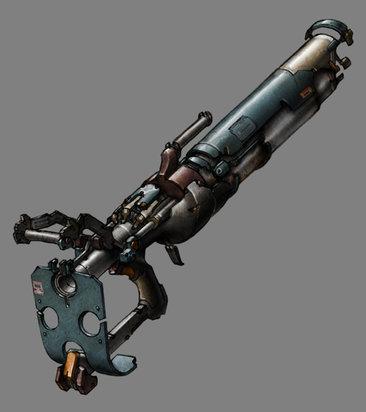
Here's my problem with that decision: in Dead Space 3, the different alternative fires from guns in the previous games can also be we. So, comparing the two games, I was using the Plasma Cutter (Because it’s Dead Space and that’s my preferred way to play) and a crafted Line Gun in Dead Space 3. That’s 2 weapons in total. In DS2 I got to use the Plasma Cutter, Ripper, Javelin Gun and Contact Beam all together, and all with useful and/or fun alternate fire modes that complimented the weapons perfectly. It may seem like a petty numbers complaint, but that decision to halve your weapon inventory hindered the amazing freedom of experimentation that the first two games reveled in.
By Dino's (and perhaps the team's) logic, I had double that number of weapons in the past two games, as well as double the toolset for combat. I really liked that ability to try new weapons and strategies, to play with all the fun toys I the developers wanted me to have, without feeling like I made a poor or sub-optimal choice depending on what unknown enemies that were to come next. In DS3, there were numerous times I needed to change up my loadout, but was so far from a Bench or trapped by enemies that I was forced to use my crafted gun when I no longer found it fun or effective. Each new weapon part I found became frustrating gamble: do I get rid of my current effective combos to see if I like this new one better? What if the upcoming enemies become substantially more difficult to fight because I lost the primary line gun for a grenade launcher? Even if I combo those together, my other weapon might not work well either! It was a constant back and forth of unsatisfying guessing. I remember having to fight those Stalker necromorphs in a 5+ minute sequence with the flamethrower and a contact beam, enemies that those two weapons are not meant for. If it were any of the prequels, I'd just go to the plasma cutter and line gun and have a merry time, not worrying that two of my weapons weren't useful here, because they might be in the next area, given the series penchant for switching up enemy types as fast as they appear.
There might have been other developers that were also unhappy about this, because DS3 also comes with a "classic" mode for the campaign. It's the exact same story, but instead of finding the weapon parts, you just find the original DS 1+2 weapons themselves, and that weapon crafting mechanic doesn't exist. Well that's all fine you might think, but then you're stuck with just the two weapon slots again. What's the point of the mode then?
That's a much more bitter pill to swallow than optional microtransactions.
Dead Space was always about giving the player fun, unique weapons to combat myriad types of enemies that actually required strategy to fight them. In the final game of the series, the supposed peak of the team's vision for the series after so much time and work, the lack of weapon options and homogeneity of enemy types, behavior, and encounters was truly disappointing. It left me baffled as to how such a proven gameplay formula was allowed to be watered down for the final installment, the possible last of Dead Space we'll ever get . It really feels like one step forward and two steps back by giving you so much choice in picking weapon combinations, but then letting you only use two at a time.
It's pretty obvious that I was really disappointed in this game, and I haven't even touched on the lackluster story. It never reaches the action highs of 2 or the truly creepy atmosphere of 1, and instead is a weird mash of both that doesn't hold up, letting you shoot dudes with a shotgun and SMG like a standard third-person shooter, but then also trying to unnerve you with enemies and spooky locales that aren't all that spooky because you've just got a gun. The whole point was that Isaac was an engineer, and his skill at using 'junk' as unique and brutal weaponry was his way to success, not because he was a space marine with a rifle gunning down aliens. Maybe instead of trying to have his cake and eat it too, Isaac should just sit on it instead. After all, that’s at least an entertaining story.

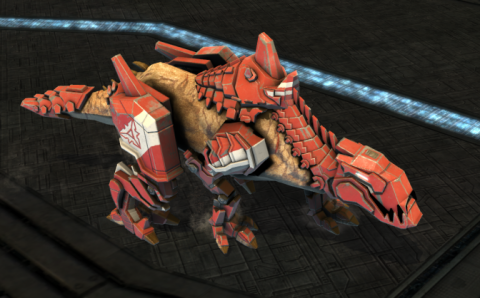
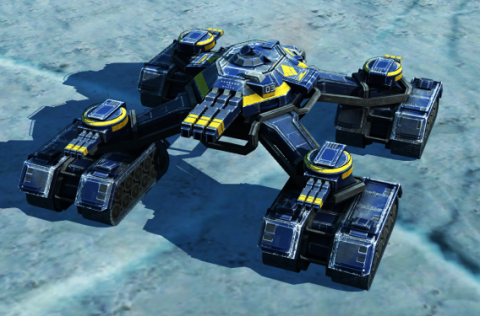
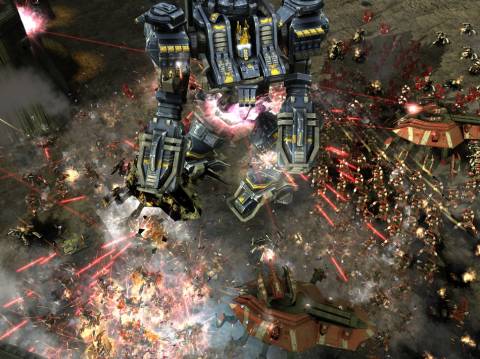






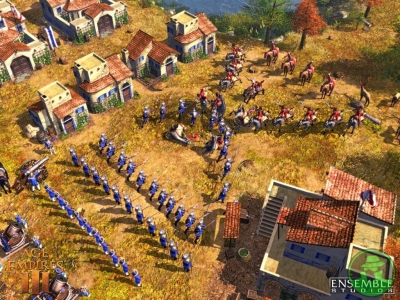
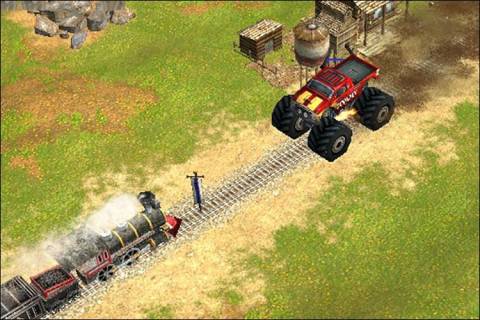
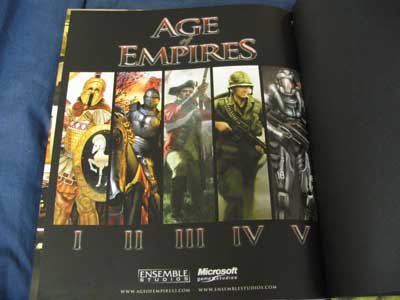

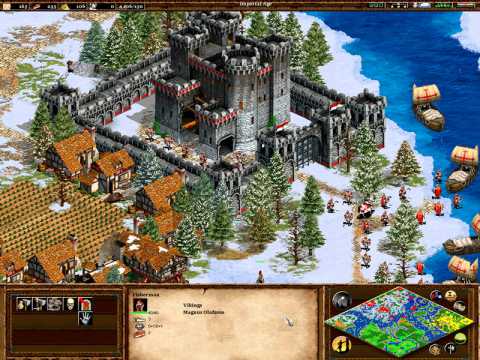


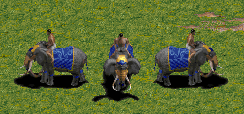
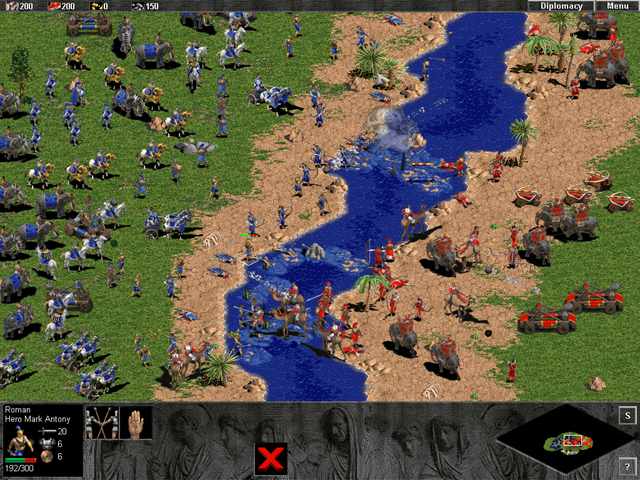
Log in to comment